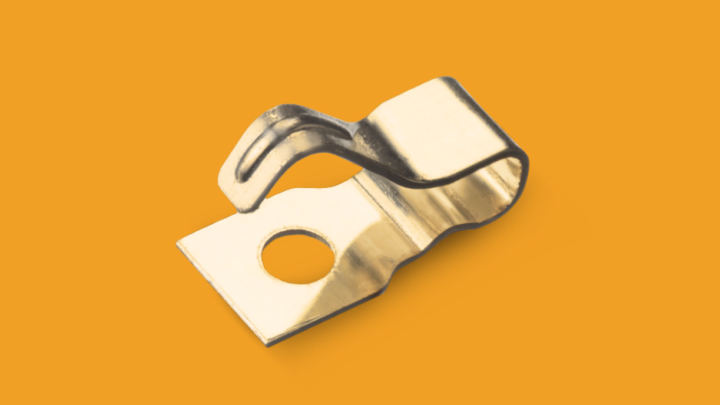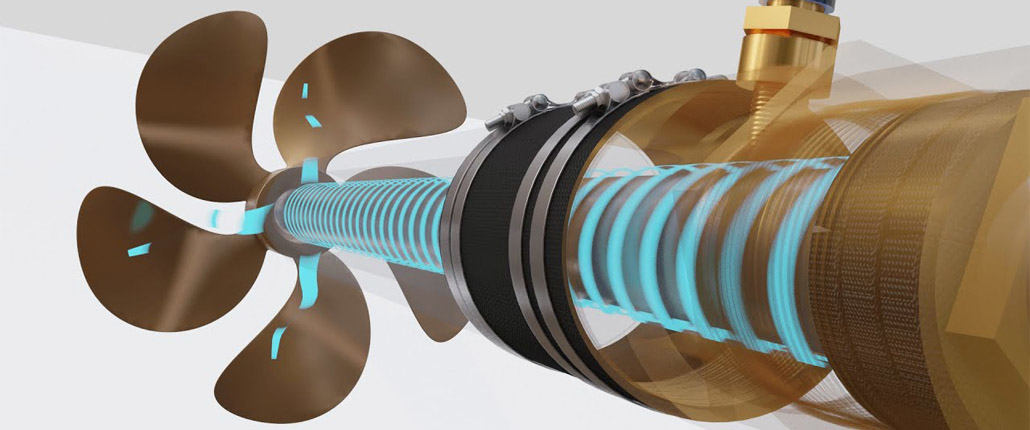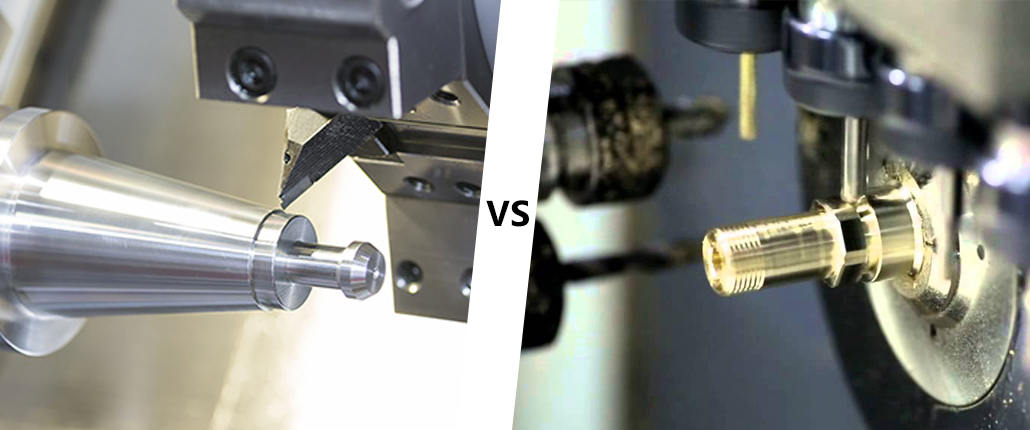You won’t find a detailed battery contacts guide before. But here has good news to you: After you finish enjoying this guide, I’m sure nothing about battery contacts will seem strange to you again.
You won’t only know how battery contact works; you’ll discover how to build battery contacts.
Battery contacts vary, and you can easily fall on the wrong type. This guide evicts that error. Many users handle battery contacts poorly and inflict harm due to ignorance. For instance, electroplating battery contacts go wrong when an amateur operates them. Studying this guide will prevent you from all regrets.
What is Battery Contact?
A battery contact is what connects the battery itself to an electrical circuit.
Battery contacts vary in shapes and sizes, depending on what type of battery. A typical battery has two connections: the positive and the negative.
Moreover, it is only proper that a battery contact has two terminals. Battery contacts have developed to be one of the most electrical components.
What is the function of a battery contact?
Battery contacts vary in shapes and sizes, depending on what type of battery. A typical battery has two contacts: the positive and the negative.
The circuit or load wouldn’t work with the battery without a battery contact.
Think about how a bridge connects two areas. The battery contact serves as a bridge here. It links the battery with the circuit (or whatever the battery sends power).
Remember, a battery has both positive (+ve) and negative (-ve) terminals. These terminals must create a firm contact with the circuit or load.
The construction of battery contact
In constructing a battery contact, we’ll take into consideration the following factors;
- The size of the battery: Remote batteries are smaller. It makes the difference from batteries for computers. Thus, a bigger battery will need a more considerable battery contact. If a least tiny battery contact was of use, there is bound to be a loose contact.
- The type of load the battery would supply power: For example, the remote-control battery’s shape is small. It is because the remote only needs a small amount of energy. Load that requires larger batteries uses more oversized battery contacts. Also, the battery contacts would need better connectivity.
- The position of the battery: Batteries can either be surface mounted or in-built. It’ll affect the method of construction of the battery contacts. Battery contacts are not interchangeable. Here’s why the mounting position is an integral part of design planning.
- Note the positive (+ve) and negative (-ve) sides of the battery: Damage to the load is non-negotiable when both terminals are not placed well,
- You can then proceed to choose the right shape and size of battery contact.
- Then select a suitable material of your choice. The type of material chosen would help you predict durability. It will also help you expect if you would deal with corrosion in the future.
- Depending on the type of material you chose, you’d then make metal stampings.
- At this point., take care to make sure you’ve concluded on your design pattern. The stamping process is irreversible. The process involves cutting the metals to the desired shapes and sizes. Thus, you would not want to waste resources in case of a failed design pattern.
- After stamping, then you can plate the materials. Plating involves the process of adding other metals for the desired performance.
Battery contact can be made of which metals?
Generally, materials used in making battery contact have different properties. The components are nickel-plated, copper alloys, and carbon steel. Depending on the type of contact used, battery contacts use various materials. These materials include:
Nickel-plated
This material is for battery contacts to prevent corrosion of the connections.
Steels
This material, when mixed with chromium and nickel, gives a strong resistance. The idea of this mixture is to achieve two things. The anti-corrosion quality of nickel and the strength of the steel is. It makes it one of the most expensive battery contacts.
Gold plate
Gold plate is better for environmental ruggedness. It can withstand almost all environmental conditions.
Beryllium copper
This is one of the best properties for making battery contacts. Beryllium Copper contains 2% of Beryllium that provides its strength. It also includes 98% of Copper for its electrical conductivity. This material, when heated, becomes very tough. It makes it withstand high stress. Beryllium Copper is for harsh conditions. It is also non-magnetic, which makes it suitable for wide use.
Phosphor bronze
Phosphor Bronze functions where strength matters for battery contacts. It also withstands corrosion and possible future wear. It also possesses one of the best conductivity levels. The material is by far one of the best when reliability is essential.
Brass
You can mix brass with a host of other materials. Depending on the fabric it is mix with, it may appear so tough. The materials include; phosphorus, nickel, tin, chromium, aluminum, lead, etc.
Gold
This is one of the best metal conductors. Gold works well for battery contacts due to its high metallic conductivity.
Silver Plating
This metal has high electrical conductivity and conducts heat better. Although the surface gets rough with ease, it is easier to maintain. Silver is also easier to solder compared to other metals used in plating. It is also an excellent anti-rust material for battery contacts.
Tin Plating
This material offers ease of stamping as it is soft and can get cracked with ease. Moreover, it is non-toxic and an excellent electrical conductor. Tin serves as a good anti-corrosion for producing battery contacts.
Copper Plating
Copper plating offers a wide variety of applications. They are to coat other metals like aluminum and Beryllium. They are soft, malleable, and easy to solder too.
Zinc Plating
If corrosion is a significant problem, then you need zinc in your production. Zinc has a record of dealing very with corrosion.
Different battery contact types
Surface Mounted Battery Contacts
This type consumes less space. They are on the exterior part of the gadget. It as well gives room for ease of installation in case of maintenance.
Cylindrical and Spring Battery Contacts
This type of battery contact is in the gadget or equipment body. It offers a designated compartment for the batteries and saves space too. Television remotes and walkie-talkies are examples of this type of contact. These types of contracts allow tremendous versatility to consumers. They provide firmness for batteries.
PC battery contacts
As the name implies, these battery contacts are for PCs. The design varies from brand to brand. Although, they’ll keep their peculiar qualities. They also have dedicated battery compartments for them.
Enclosure battery contacts
This is an advancement of the spring battery contacts. This enclosure battery contact consumes less space. They are also easier to install. Due to their compact nature, they are being used for remote hand controls—their usage cuts across almost all walks of life. Examples are wristwatches, digital timers, car remote controls, etc.
How to use the battery contact?
The above outline has the types of battery contacts above. How to use battery contacts depends on what you want to achieve.
Cylindrical or spring battery contacts. These are best for a gadget that has designated battery space. It’s cheap and can adjust with the different lengths of batteries. This type offers low resistance on contact with the battery.
Surface Mounted battery contacts are best for gadgets with no designated battery casing. This type is essential to achieve high spring tension. Also, it has low connection resistance. I prefer this type whenever I design small circuits on printed circuit boards (PCBs). The surface-mounted battery contacts allow me to change my design when there is a need for it.
Coin Cell Enclosure gives you to be immersed in use even with smaller gadgets. This type is for lower power gadgets. The battery used is often smaller compared to others.
PC Battery contacts, as the name implies, they are for PCs.
How to clean the battery contacts?
As shown, the essence of the battery contact is to allow for an uninterrupted flow of current.
Due to chemical reactions, you may notice some corrosion on your battery contacts. Sometimes, routine maintenance is good. The following are materials you need to clean a battery contact in a proper manual;
- A toothbrush or a cotton swab is necessary.
- Rubber gloves depending on the level of corrosion.
- A Paper Towel is essential depending on the level of corrosion.
- Vinegar or lemon juice is relevant.
- Safety glasses depending on the level of corrosion.
- Baking Soda.
The following steps elaborate on how to clean your battery contacts;
Wear your safety glasses when necessary. It would protect against burns from corrosion.
- Wear your rubber gloves when necessary.
- Remove the battery from the battery contacts.
- First, brush the contacts to lessen any corrosive material on the surface.
- Dip a cotton swab or toothbrush inside Vinegar.
- Then scrub the surface of the battery contact.
- The Vinegar should dissolve the corrosion after a bit of scrubbing.
- If the battery contacts don’t look clear yet, try baking soda.
- It should clear the battery contacts of any corrosion.
How a battery contact was made?
The design of battery contacts can either be fixed, flexible, or a combination of the two. When it is flexible, it has a rugged design that allows the cell to slightly expand on discharge or any movement caused by vibration or shock. If the flexible contact has multiple fingers that touch the anode or cathode, it will allow movement in different directions without experiencing electrical disconnection.
On the other hand, fixed battery contacts are inexpensive. However, they lose electrical connection compared to the flexible counterpart. For a better solution, a combination of flexible and fixed battery contacts will work. However, when there is movement from the direction of the fixed point, the battery moves away from the fixed contact.
Materials used to produce battery contact components are beryllium copper, copper alloys, phosphor bronze, stainless steel, carbon steels, and nickel-plated carbon steel. However, it is recommended that to prevent galvanic corrosion between metals that aren’t similar, all battery contacts should be nickel-plated.
Usually, the company that produces battery contact takes a design concept from the prototype stage to the production stage. To achieve this, they use modern techniques with machines such as hydraulic presses, power press, four-slide, and multi-slide. And once a particular concept is approved, they produce an engineering prototype and the project begins immediately.
In addition, some battery contacts are designed as springs/wire forms, stampings from strip materials, or a combination of both. And after production, wire leads are used to connect the battery contacts to the electrical circuitry within the device. This way, when the terminals press against the contacts, it creates an electrical connection.
Can DEK offer customized battery contacts?
Yes, we can offer customized battery contacts. It only depends on which type of contact and the material type. With a clear picture of the battery contacts, you can make a customized battery contact. The advantage of customized battery contact is that it provides better designs.
Summary
From this guide, we can conclude that battery contacts are essential. They remain one of the most sought-after materials in electronics. Thus, the metals you choose influences how rugged they can become. The metals you use can also help us predict if there are bound to be corrosions. The guide has also shown how you can achieve better battery contact. It has been able to prove the following;
- Stamping is an essential part of battery contact manufacturing. It is the process of forming the desired design of battery contact.
- Electroplating is as essential as stamping. Electroplating helps you design battery contact that possesses various qualities. Electroplating is a function of the desired level of conductivity and toughness.















